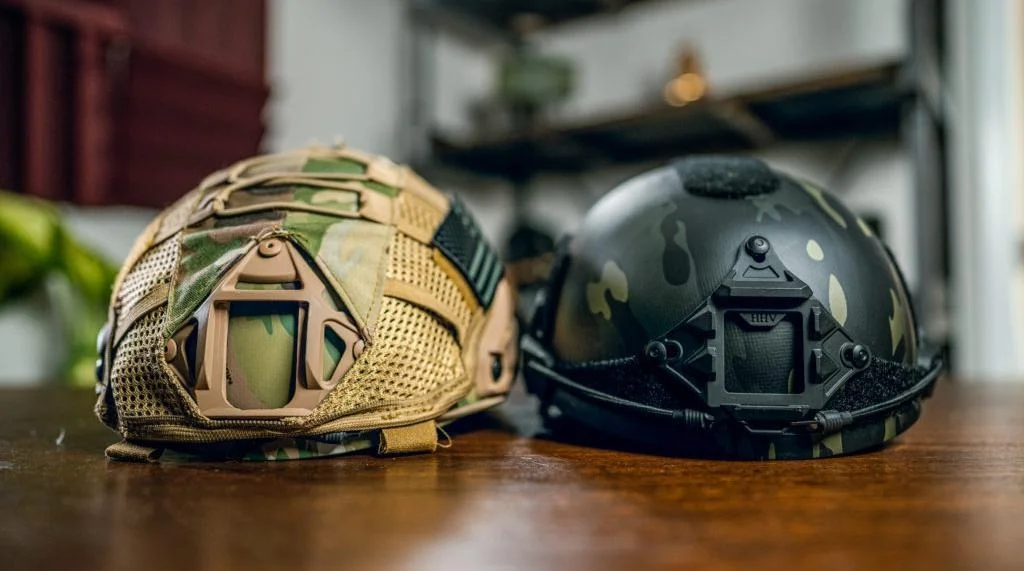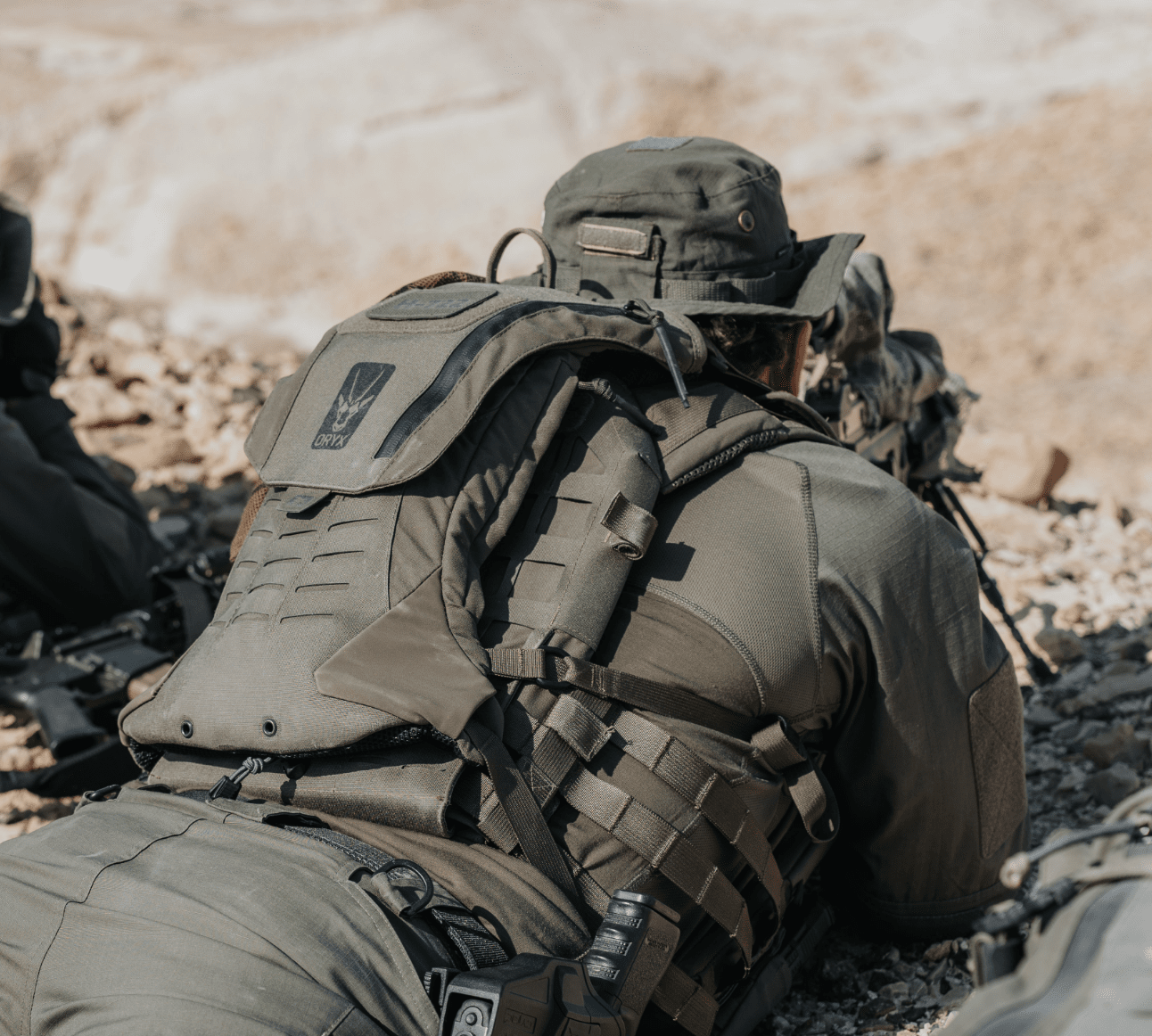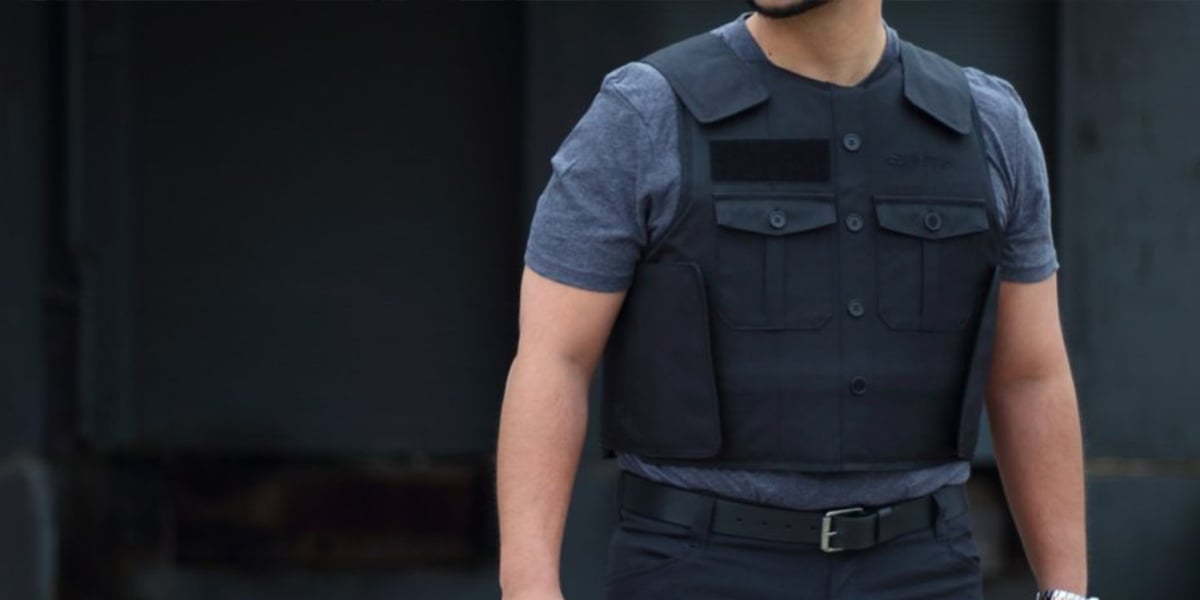Modern body armor is a robust material component that fits within a garment such as a vest or a plate carrier. Body armor is classified as "hard" or "soft." Hard armor is often made up of solid plates designed to protect against common rifle bullets. Soft armor is made of flexible, layered polymers or textiles and protects against pistol and fragmentation threats.
This tutorial will teach you everything you need to know about body armor, from what threats it's normally rated for to how it's constructed how to set up and use a plate carrier, and more.
WHY DID I KEEP HEARING THAT OWNING BODY ARMOR IS ILLEGAL?
"I tried to order from another company, and they told me that only law enforcement professionals could own armor," we commonly hear. As a result, many people believe that owning body armor is prohibited. What you should know is that a substantial number of manufacturers and dealers only sell to law enforcement. These restrictions, however, are based on individual corporate regulations and do not reflect federal, state, or municipal legislation. Wearing, purchasing, and owning body armor is completely legal for law-abiding people.
Safe Life Defense strives to deliver the greatest body armor for all morally sound and ethically inclined persons without prejudice. You can get Zennison body armor if you follow the law and your country's laws. We will never limit our sales to solely professional lines of work because everyone has the privilege and right to acquire these items for protection. Body armor is life-saving safety equipment meant to provide peace of mind, injury prevention, and life preservation. We believe it should be handled as such and made available to all who meet these requirements.
BODY ARMOR IN DIFFERENT TYPES
To put it simply, there are two sorts of body armor: that which you wear and that which you carry.
There are various sorts of bulletproof vests, each serving a distinct purpose, such as concealment or use in high-risk scenarios, such as law enforcement. They are intended to minimize and deflect the impact of a bullet, so saving your life. If the bullet cannot pass through the vest, it will not pass through your body. Bulletproof vests are comprised of a variety of materials, many of which are intended to stop and enclose the bullet, preventing it from becoming shrapnel. Bulletproof vests are designed to keep your torso safe.
Plate carriers, similar to bulletproof vests, are worn to defend the torso. The main distinction is that, while the bulletproof vest provides protection on its own, plate carriers are meant to carry installed armor plates; the vest is not bulletproof on its own. This gives you a little more flexibility because you can swap out different plate levels based on the situation and threat level you confront. The majority of plate carriers are utilized in military applications.
Bulletproof backpacks are designed to survive a bullet in the same way that a bulletproof vest is, but you carry it instead. Plates are put into the material, much like in the vests.
-
SOFT BODY ARMOR
Soft armor is preferred by those seeking a more comfortable armor alternative, even if it may provide less protection than other forms. Soft armor is relatively light and has the ability to flex for enhanced comfort. This makes it the most concealable sort of body armor and an excellent choice for folks who don't want to feel like they're carrying around extra weight. Most pistol shots can be stopped by current soft body armor.
-
HARD BODY ARMOR
Many folks will pick heavy armor plates for added protection. They are comprised of robust, strengthened plates and are typically utilized in high-risk scenarios where rifle fire is expected. Hard armor plates are frequently seen on police tactical units and combat personnel. It's vital to realize that this body covering isn't only a second line of defense against guns; it's also a safeguard against knives and other lethal weapons. The trade-off for increased protection is that it is more difficult to conceal. But keep in mind that not all hard body armor plates are rifle rated.
IS IT POSSIBLE FOR AN AR-15 RIFLE TO PENETRATE BULLETPROOF BODY ARMOR?
Rifle bullets are capable of penetrating soft body armor. For comparison, most police officers wear soft body armor vests designed to withstand a pistol bullet.
Hard body armor is designed to guard against more powerful weapons, but when it comes to armor-piercing rounds, military-grade armor is actually the only option, which is not realistic for most school children and their parents.
WHERE CAN I FIND NIJ RATINGS?
The National Institute of Justice (NIJ) has assigned five rating categories to body armor based on its capacity to withstand escalating impact velocities. We will look at the three most regularly utilized levels.
-
BODY ARMOR LEVEL IIIA
-
BODY ARMOR LEVEL III
-
BODY ARMOR LEVEL IV
WHY IS ONLY THE TORSO PROTECTED FROM BULLETS?
You don't need a biology degree to understand that the human body is much more than just the torso. So, why is the majority of bulletproof protective gear designed to protect only one part of the body? The bulk of gunmen will target the largest mass, which is your torso. Because that is also where the majority of your key organs are located, it is critical to safeguard the area.
That concludes our body armor guide. Obviously, there is a lot more material available, and it is worthwhile to spend some time researching on your own.
How much research and development went into impenetrable body armor Now that you've read it, I hope you never have to use it. But there is something to be said for international peace.



